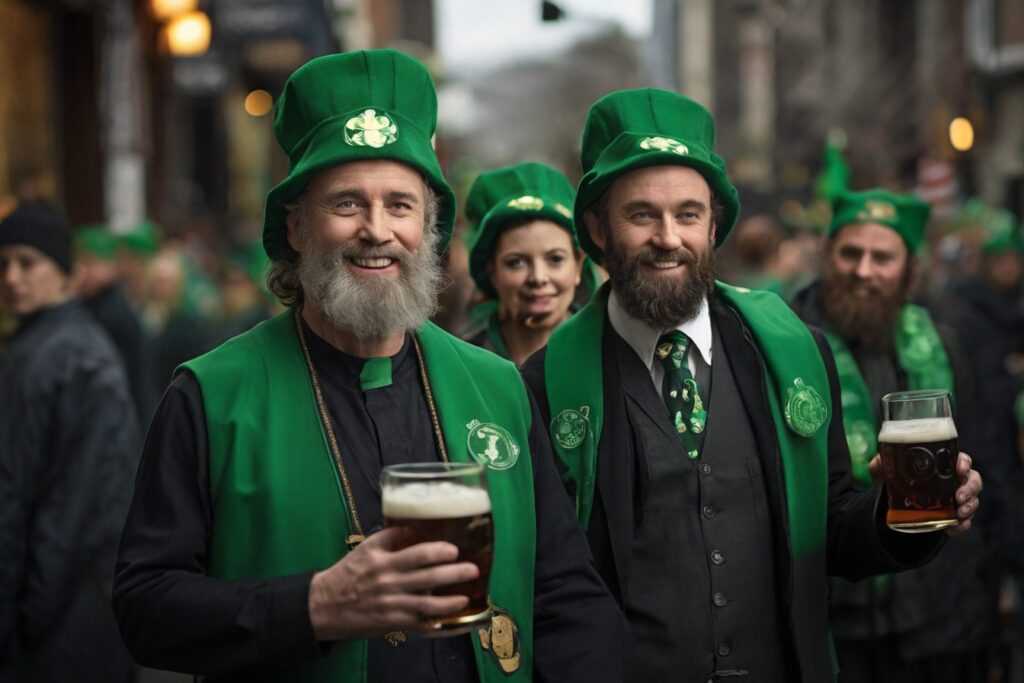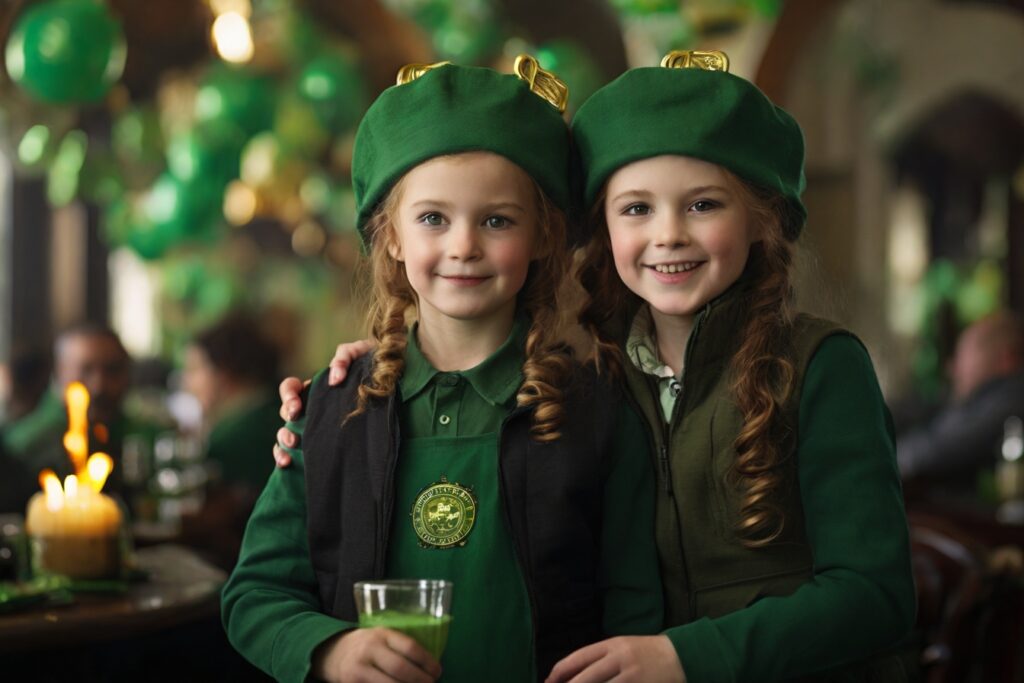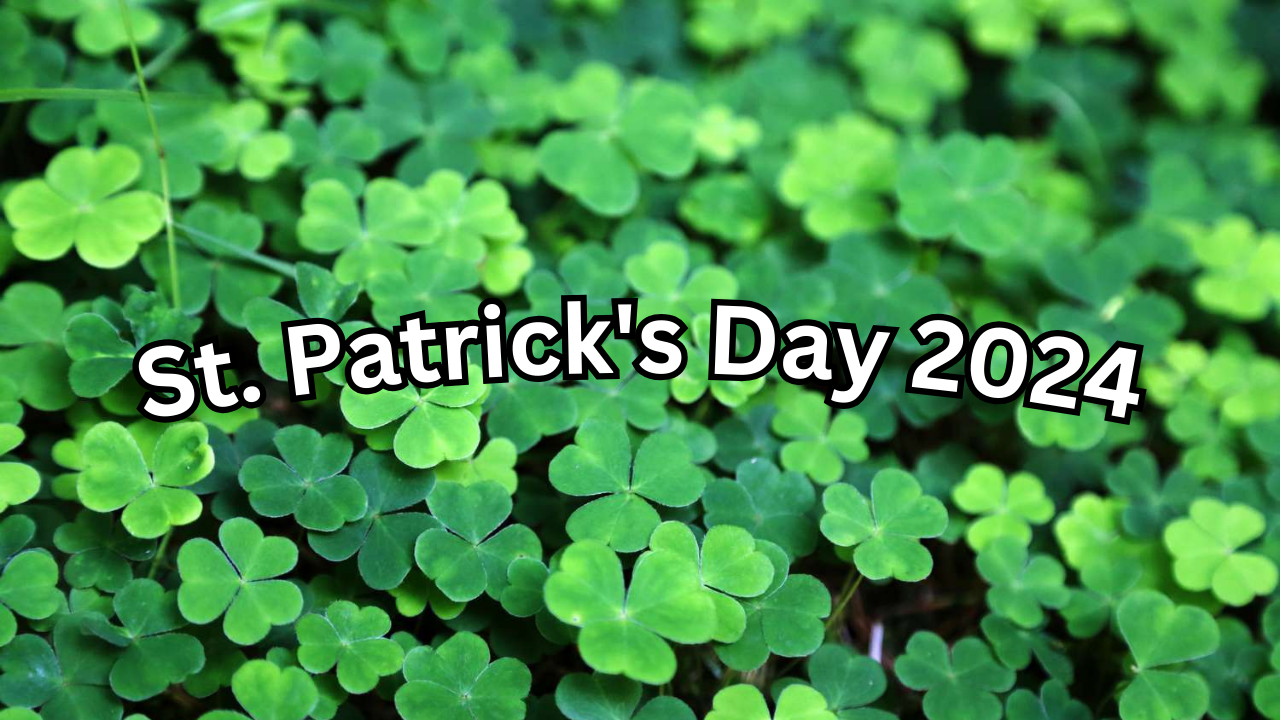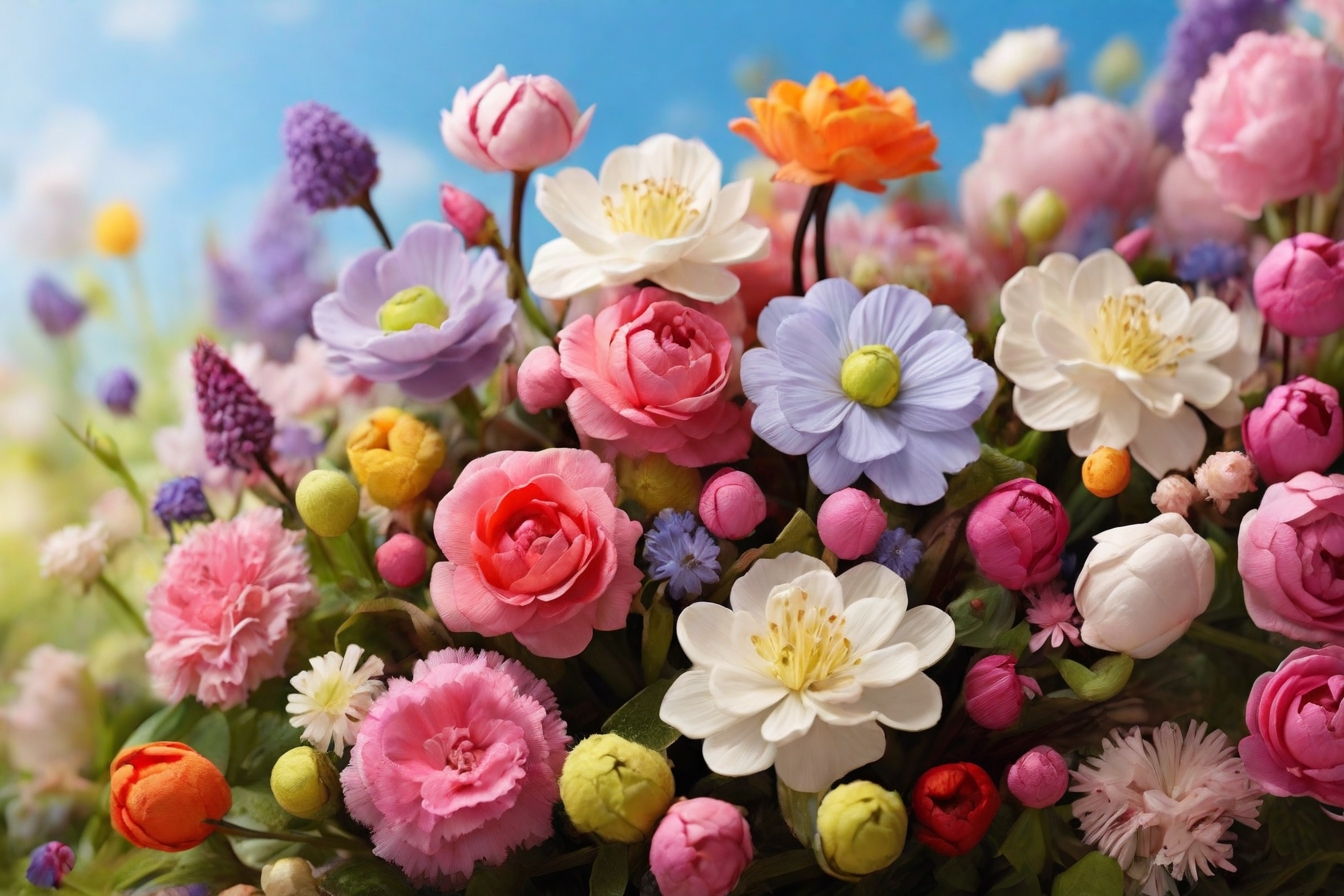A remarkable event, St. Patrick’s Day 2024 will break the trend of higher than average festivals with an enthusiasm that reflects the values of the Irish people everywhere. Let’s examine the customs, history, and contemporary celebrations that make St. Patrick’s Day a beloved occasion for individuals from all walks of life as we dive into the celebrations and the cultural significance of this historic day.
The History Behind St. Patrick’s Day

Ireland’s patron saint, St. Patrick, is honored on St. Patrick’s Day. St. Patrick is said to have introduced Christianity to Ireland in the fifth century. At the age of sixteen, St. Patrick—who was born in Roman Britain—was abducted and taken to Ireland as a slave. He eventually made his way back to his family and fled, then went back to Ireland as a missionary to preach Christianity and—most notably—use the shamrock to illustrate the idea of the Holy Trinity.
Shamrocks, Green Attire, and Leprechauns: Symbolism of St. Patrick’s Day
Shamrocks
On St. Patrick’s Day, the three-leaf structure of the shamrock is symbolic of many things. Legend has it that St. Patrick utilized the shamrock—which stands for the Father, Son, and Holy Spirit—to explain the Christian concept of the Holy Trinity. The shamrock is proudly displayed as a symbol of Irish history during St. Patrick’s Day celebrations and is now associated with luck and happiness.
Green Attire
Irish culture has made wearing green on St. Patrick’s Day an incredibly established practice. Ireland’s verdant landscapes are linked to the color green, which represents regeneration and renewal. Wearing green on St. Patrick’s Day is a way for people all around the world to join in the celebration and demonstrate support for the Irish community, as well as a tribute to Irish history.
Leprechauns
The humorous legendary creatures known as leprechauns, which originated in Irish tradition, have come to represent St. Patrick’s Day. According to legend, leprechauns are shoemakers who, at the end of rainbows, store their gold in pots. There is a whimsical and fantastical element to the celebration of St. Patrick’s Day, as it is believed that capturing a leprechaun will grant the captor three wishes.
Modern-Day St. Patrick’s Day Celebrations

Parades
A fundamental aspect of the festivities are the huge parades that cities all over the world host on St. Patrick’s Day, which include dancers, floats, and marching bands. Every year, millions of people watch and participate in New York City’s largest St. Patrick’s Day parade. These parades unite communities in a spirit of festivity and togetherness while showcasing Irish culture and heritage.
Cultural Events
St. Patrick’s Day is celebrated with a variety of cultural activities in addition to parades, such as music concerts, Irish dance exhibitions, and food festivals. These gatherings provide guests with the chance to fully experience Irish culture, from eating hearty Irish stew or corned beef and cabbage to listening to lively folk music.
Pub Celebrations
During St. Patrick’s Day celebrations, pubs and bars are a major attraction, full of people ready to raise a glass of Guinness or Irish whiskey. These locations, which range from contemporary buildings to classic Irish pubs, act as meeting places where friends and strangers alike congregate to celebrate St. Patrick’s Day.
Conclusion: Embracing the Spirit of St. Patrick’s Day

St. Patrick’s Day 2024 will be remembered as a unique event that ends the run of exceptional festivities with a resurgence of spirit and friendship. St. Patrick’s Day is a global celebration that unites people in a common appreciation of Irish culture and heritage, from its rich history and symbolism to its contemporary celebrations. Let’s celebrate the spirit of this cherished occasion with reverence and joy as we raise a glass to St. Patrick and the Emerald Isle. Cheers to St. Patrick’s Day!




